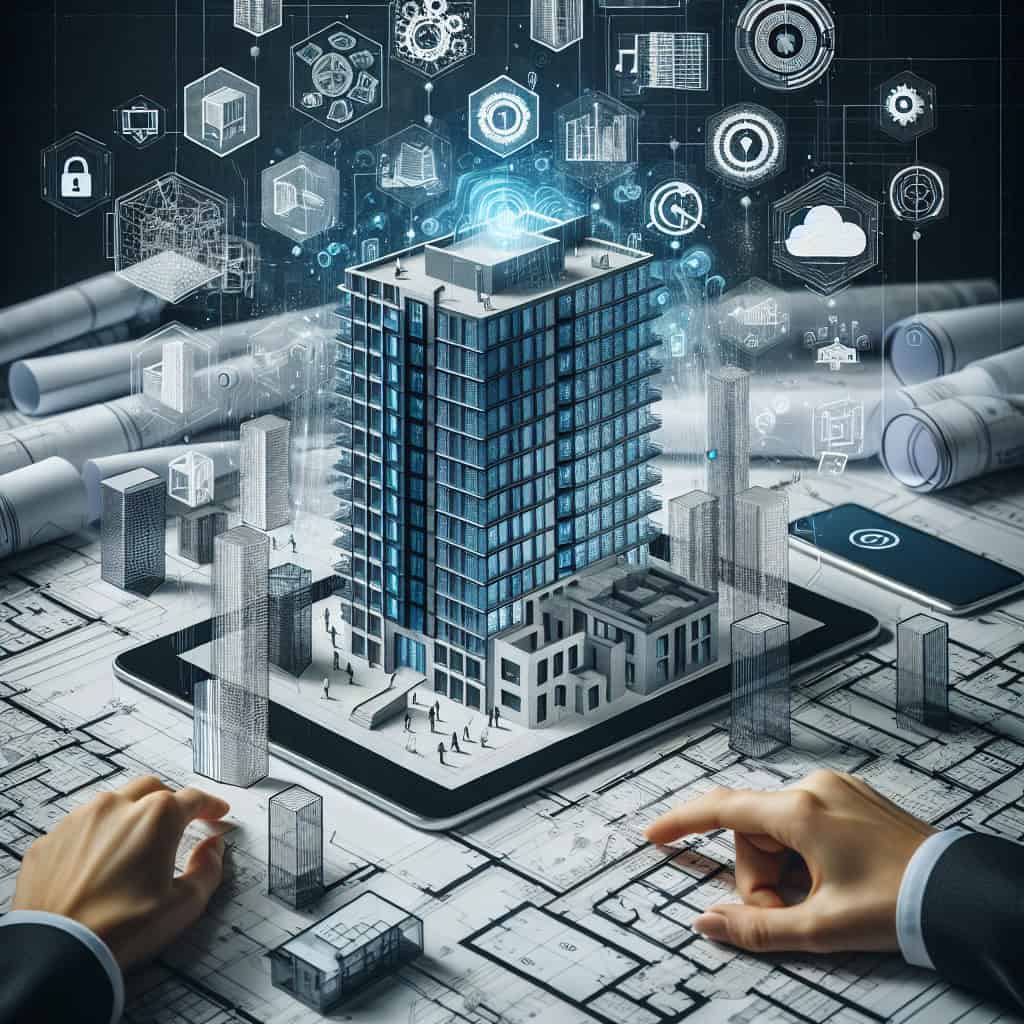LEED and BREEAM in comparison of sustainability standards
Sustainability standards are crucial for promoting environmentally friendly practices in the construction and property industry. They provide a framework for assessing and minimising the environmental, social and economic impact of buildings. At a time when climate change and the depletion of natural resources are becoming ever more pressing, such standards are becoming increasingly important. They not only help to protect the environment, but also to improve people's quality of life by minimising [...]
LEED and BREEAM in comparison of sustainability standards Read more »








